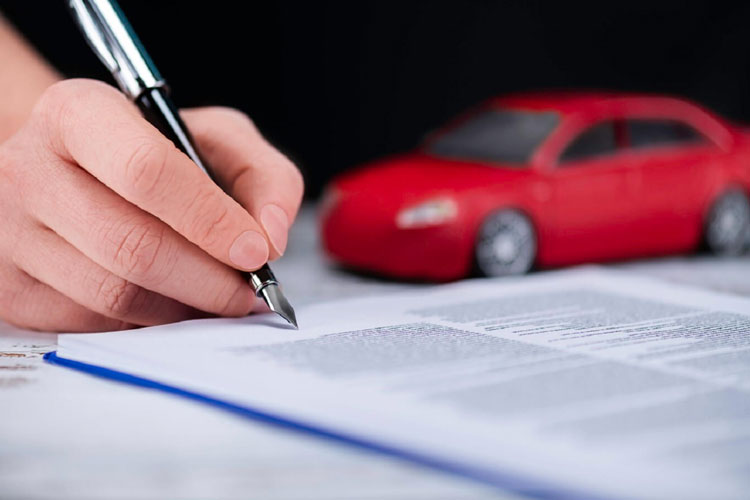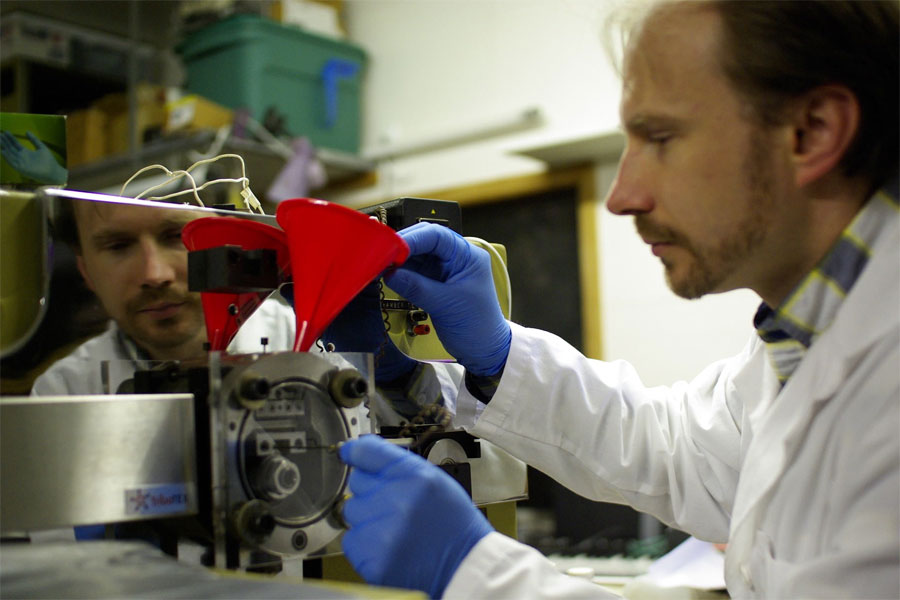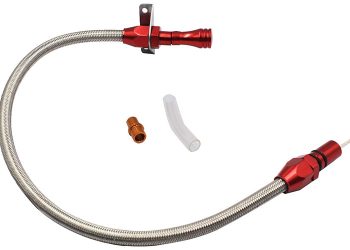If you are going to purchase a used car or even a new one, you need to know about the car’s warranty. It helps you save money if a mechanical or electrical fault appears within a certain time or mileage. If there is any fault and your car is under warranty, then you don’t have the need to worry about the cost of repairing and replacing parts of a car.
Usually, the warranty cover’s any type of manufacturing faults or tear of some specific parts that are entitled under warranty. Manufacturers offer different warranties for different parts of a car. So it is essential to know about the warranty of a car as a whole to avail its benefits.
This article will discuss all confusion and thoughts that came to your mind related to the warranty.
What Is A Car Warranty?
A car warranty is a contract between manufacturer and seller for repairing and replacing the parts for a particular time duration or millage. It also defines the terms and situations in which repair or exchange will be made if any part is not working properly.
Car warranties are primarily used as safeguards against sudden, dramatic loss due to a manufacturing defect.
How To Check Your Car Warranty
Usually, manufacturer’s mentioned the terms and conditions on the warranty card of the car. The warranty of the car differs from brand to brand and model to model. Even if you have two vehicles of the same brand but differ in model, the warranty terms and conditions may vary.
Car Manufacturer’s issues car warranty with a combination of period and millage, whichever meets the deadline. For example, if the manufacturer mentioned that warranty is valid for 2 years and 30,000 miles. You can only claim the warranty if your car is less than two years old and doesn’t cover 30,000 miles. But if you meet any of the limits, your car goes out of warranty.
It is easy to check the odometer and compare the readings with the miles mentioned on the warranty card. Same thing you can do for checking the duration of the warranty. But in case you lost the warranty card and other documents. You didn’t know the exact purchase date and miles covered under warranty. Then you have to locate the VIN plate on your vehicle to get the details from the manufacturer.
Follow the below-mentioned steps to get information about your car warranty.
1. Vehicle Identification Number (VIN)
Checking the car’s warranty using VIN is the simple and easiest way. Every manufacturer keeps the record of every manufactured car and checks the information anytime in case of any issue. Even law enforcement agencies have the record of every vehicle VIN to locate the owner in case of any issue.
You just need to locate the VIN on your vehicle. But it is somehow tricky because the location of VIN varies from brand to brand. If you fail to locate the VIN, then call the manufacturer’s helpline and get the exact location of the VIN plate by providing a model of your car.
2. Contact With Manufacturer
In the second step, call your car manufacturer or dealership. If you know from where the vehicle was purchased, call there, as they will look up the car’s purchase date in the sales record and will let you know.
If you do not know a dealer, you visit the manufacturer’s website to locate a nearby dealer. Speak to the service department at the dealership and tell the service representative that you want to find out if your vehicle is still under warranty. He/she will let you know about the vehicle purchase date and if any warranty still exists based on your current mileage.
How Many Types Of Car Warranties Are There?
There are five different types of warranties that a car owner can avail of in any issue or fault. Let’s discuss different types of warranties in detail.
1. Factory Warranty
A factory warranty is also called a manufacturer warranty. It covers parts and systems that break down due to flaws or defects from the manufacturer’s send. A factory warranty is offered on any new or certified pre-owned and even on used cars in some cases. But the terms and conditions of claiming the warranty can differ.
Usually, if you purchased a used car with low mileage covered and the time also falls in warranty, then you can avail the warranty. This type of warranty is transferable to new owners, but the conditions of mileage and time remain the same.
If your car falls under factory warranty, you don’t need to pay the costs of repairing it.
2. Extended Warranty
An extended warranty covers some additional repairs that you need while using the car in routine. In simple words, it is like a service agreement and covers the costs of routine checkups and repairs.
As you are getting extra services, you have to spend some additional amount to avail this opportunity. Usually, this warranty type starts after the factory warranty, but in some cases, it overlaps.
3. Bumper-to-Bumper Warranty
This type of warranty almost covered every part of the car between the front and rear bumper. It covers the damage to almost all major components of a car, including air condition system, heating system, various electrical components, various steering components, security system, and a few more.
As this type of warranty covers various additional parts of a car, that’s why you have to pay additional bucks for availing of this type of car warranty. But it will make you free from tensions. This warranty type mostly comprises over three years but may vary from brand to brand.
It is not wrong if we said that bumper-to-bumper warranty is the combo of factory and extended warranty.
4. Powertrain Warranty
Powertrain warranty covers all the parts that are used to supply power to wheels for running on roads. The power components of any vehicle are the most expensive in a vehicle, irrespective of the type of vehicle.
This type of warranty covers the following:
- Engine
- Transmission
- Axles
- Transfer case
- Driveshafts
- Seals
- Gaskets
The time duration for a powertrain warranty is five years and 60,000 miles, which is longer than the Bumper warranty. But the millage and time duration may vary from brand to brand.
5. Rust/Corrosion Warranty
This type of warranty covers the damage to the car’s body due to rust or other environmental factors for a particular time. However, some manufacturers also offer an add-on warranty that covers the damage to body painting due to an accident.
Car Parts Not Valid In A Car Warranty
The items that have limited coverage are not covered in a car warranty or
- Schedule or routine maintenance
- Wear and tear headlight bulbs, brakes, brake pads, windshield wiper replacements, clutches, etc.
- Dents or scratches on the exterior due to driver’s fault
- Interior damage like broken back mirror or tear of seat covers
- Damage caused by improper car care
- Damage due to natural disasters
- Alterations or modifications in any part makes it out of warranty
- The tire’s warranty is not included in the manufacturer’s warranty, but the third party offers a tire warranty.
Conclusion
People like to purchase new cars because they think they don’t need to visit mechanics repeatedly for repairs. Usually, as the car gets old, the number of visits to mechanics increases, increasing the maintenance costs. That’s why they prefer to purchase a new car to avoid unnecessary costs.
But sometimes you have to face unexpected faults or repairs in new cars. Suppose that faults are on the manufacturer’s end, and your car is under warranty. In that case, you will get your car repaired without paying anything.














